Mexico’s cities are growing fast. Rapid population growth, economic change, and new policies shape how people live and work. Today, almost 80 percent of people in the country live in urban areas. This big shift brings many chances for progress but also big challenges to build fair, green, and livable cities for everyone.
Mexico’s urban development: key facts and national trends
What proportion of Mexico’s population lives in urban areas?
Mexico is a clear sign of global urbanization. About 80 percent of its people live in cities. In 2018, the total population was 130.8 million, so a very large number of people now deal with city life every day.
The spread of cities shows this pattern too: there are 383 cities with more than 15,000 residents. From very large metros to smaller cities, urban life reaches across the country.
How have urbanization rates changed in recent decades?
Urban growth has been fast. From 1980 to 2010, Mexico’s urban population doubled. This strong rise, driven by people moving from rural areas to cities, changed the country’s population map and keeps putting pressure on housing, services, and transport.
Rural areas grew only a little in recent decades and may even see fewer people by 2050. City populations are likely to keep rising, so cities need solid plans and investment.
Which are the largest cities and fastest-growing urban areas in Mexico?
Mexico City leads the urban system. With more than 20 million residents (sometimes listed above 21 million), it is by far the largest metro area in the country and ranks among the five biggest cities in the world.
Beyond the capital, many cities play key roles. There are 16 cities with more than 1 million people. Two cities, including Mexico City, have more than 5 million residents. Another 38 cities have between 300,000 and 1 million people. A quarter of the country’s population lives in the three biggest cities: Mexico City, Guadalajara, and Monterrey. These cities also lead many smart city projects.

| City size category | Count | Notes |
|---|---|---|
| Over 5 million | 2 | Includes Mexico City |
| Over 1 million | 16 | Includes the two largest |
| 300,000-1 million | 38 | Regional hubs |
Drivers and challenges of Mexico’s urbanization
Population growth and migration to cities
Two forces shape urban growth: natural population growth and internal migration. People move to cities for jobs, schools, and health services. This movement boosts city economies but also puts a lot of strain on housing, transport, and services.
The large number of new urban residents often outpaces planned growth. This can lead to informal housing, longer waits for public services, and tougher competition for jobs.
Urban sprawl and land use patterns
Urban sprawl is one of the most visible issues. Cities spread out into rural land, often in a scattered way. On the edges of many cities, long stretches of small, single-family homes-often in gated areas-extend for kilometers, with weak links to jobs or transit.
High shares of empty homes and separated housing projects, shaped by income gaps, make the problem worse. From 1970 to 2000, Mexico City’s area grew 1.5 times faster than its population. This pattern hurts service delivery and the environment.

Socioeconomic disparities between urban and rural areas
Cities promise mobility, but many people face high housing costs and limited credit. Low- and middle-income families are often pushed to far edge areas, away from jobs, good transport, and key services.
To reduce these gaps, cities need better housing and services, and rural areas need new investment so growth is more balanced across regions.
Environmental impacts of rapid urbanization
Fast city growth creates environmental stress. Sprawl and higher density raise emissions and traffic. As cities spread, people rely more on cars, which adds to congestion and air pollution.
- Carbon emissions rise, especially from transport and construction.
- Traffic worsens with longer commutes from far edge areas.
- Water faces heavy pressure: over 70 percent of water bodies are polluted, and many cities overuse groundwater.
Apart from air quality, wastewater systems lag behind. Poor treatment and overuse of aquifers threaten health and ecosystems. City plans need to focus on smart resource use and green infrastructure to reduce these impacts.

Urban planning and policy frameworks in Mexico
How does Mexico’s federal structure influence urban governance?
Mexico is a Federal Republic with three levels of government: national, state, and municipal. There are 32 states and 2,479 municipalities. This setup gives many actors a role in city planning and can make coordination hard.
Municipalities lead local planning under the constitution, while also following rules and guidance from state and federal levels. Weak coordination can lead to piecemeal growth and more residential segregation.
| Level | Count | Main responsibilities in urban matters |
|---|---|---|
| Federal | 1 | National policy, standards, funding programs |
| State | 32 | State laws, oversight, coordination |
| Municipal | 2,479 | Local plans, land use, services, permits |
What is the National Urban Policy and how is it implemented?
Mexico set a long-term National Urban Policy. At its core is the National Land Management Strategy (ENOT) for 2020-2040. ENOT gives the state a lead role in land-use planning. It sets 3 National Axes, 10 Priority Objectives, 76 General Guidelines, and 400+ Regional Guidelines.
- Territorial structuring
- Development
- Governance
The National Program for Territorial Planning and Urban Development (PNOTDU) 2021-2024 turns these ideas into steps that can be put in place. It lines up with ENOT 2020-2040 and the National Development Plan 2019-2024. An earlier plan (2013-2018) also tracked land-use efficiency by comparing land consumption and urban population growth.
Urban municipal and regional planning systems
Municipalities are autonomous in managing their Municipal Treasury and lead urban planning within national and state rules. They set local norms for taxes and revenues within the law.
Local planning needs strong links to state and federal strategies to avoid isolated projects. Efforts such as the 2013 National Urban Development and Housing Consultation Forum, which involved all 32 states and experts, helped build a more unified and sustainable approach.
Financing mechanisms for urban development
Funding comes from many sources. Federal transfers are a main source for states and municipalities and are set by fiscal coordination rules. Local revenues and other tools add to this base.
- Federal transfers: participations and contributions for local projects and services
- Local revenues: property taxes, fees, and charges set by municipalities with local approval
- Other sources: local debt, private investment, and international funds
- Housing finance: new lending rules at INFONAVIT promote access and sustainability
Major issues facing Mexican cities
Affordable housing and the legacy of INFONAVIT policies
Many families cannot afford decent housing due to very high prices and limited credit. Past policies by INFONAVIT, the main public housing lender and one of the largest mortgage institutions in the world, focused on volume. Starting in the early 2000s, subsidies and credit boosted construction.
While this added many homes, it often ignored quality, access, and location. Many new homes were far from jobs and services, pushing car dependence and sprawl. An estimated 650,000 homes built in recent decades were abandoned or never occupied, showing a model that did not focus on where people work and live.

Urban sprawl: causes, consequences, and current reform efforts
Sprawl comes from fast growth, income gaps, and past housing policies that put quantity over quality and location. Large housing projects on the edge lead to social separation and longer, more costly commutes. They also raise emissions and use more land.
Reform efforts are under way. Civil society, universities, and public agencies pushed for change, including new INFONAVIT lending rules. Since 2022, housing funds include access and mobility checks. New projects must be within safe walking, cycling, or public transport distance of key destinations. The goal is denser, more accessible, and greener growth.
Access to basic urban services: water, transport, health, and education
Fair access to basic services is a big challenge. Many cities overuse aquifers, and more than 70 percent of water bodies are polluted, which hurts health and long-term supply.
Transport is also a problem. Mexico City’s congestion costs about 2.6 percent of national GDP. Weak public transport pushes people to use private cars, which adds to traffic and pollution. Access to quality health and education is uneven, especially in edge or informal areas. Closing these gaps needs new infrastructure, better planning, and policies that put fair access first.
Social cohesion, safety, and community participation
Fast and separated growth can weaken social ties and safety. Without good public spaces, people have fewer chances to meet, which can lead to isolation. Crime and insecurity in poorer areas make this worse.
Projects that build public spaces and invite community input help. For example, Plaza de la Soledad in Mexico City’s Merced district was turned into a “Cultural and Community Plaza for Violence Prevention and Civic Learning.” Participatory Budgeting (PB) is also a key tool. It lets residents and local government choose actions and funding together, which strengthens trust and local choice.
Sustainable and inclusive urban growth in Mexico
Strategies to reduce carbon emissions in urban development
As cities spread, cutting carbon emissions becomes a core need. A major step is shifting from car-based sprawl to compact, mixed-use areas near transit. INFONAVIT’s new rules, which favor homes near schools, jobs, and services reachable by walking, cycling, or public transport, support this shift.
- Build compact, mixed-use neighborhoods
- Invest in public transport and active mobility
- Adopt green building rules and incentives
- Use renewable energy and smart grids
- Apply data tools to manage energy and traffic
Cities like Monterrey promote energy-efficient building. Mexico City’s Metrobus and other low-carbon transport lines cut emissions and save health costs. Guadalajara’s Ciudad Creativa Digital uses smart grids and clean energy to manage demand and cut the urban footprint.
Transit-oriented and mixed-use developments
A main approach is transit-oriented development (TOD): dense, walkable areas around public transport. With housing policy now tied to distance from key services and transit, interest in TOD is growing.

Mixed-use areas place homes, shops, jobs, schools, and parks close together. This reduces travel, saves time, builds community, and lowers emissions. New INFONAVIT rules mark a major shift by pushing plans that put equity, access, and resilience first.
Urban regeneration and public space improvements
Improving what already exists is just as important as building new areas. Urban regeneration upgrades run-down sites, fixes infrastructure, and adds local amenities. These projects can advance many Sustainable Development Goals (SDGs) and targets, showing big potential for change.
Good public spaces-parks, plazas, walkways-support daily life, safety, and culture. The “From Isolation to Community Life” project at Plaza de la Soledad in Mexico City shows how a square can be reused to boost social ties and civic learning. UN-Habitat has also backed pedestrian upgrades in border cities, placing people at the center of street design.
Adoption of smart city innovations and digital technologies
Many cities now use digital tools to solve hard urban problems and improve daily life. Mexico City, Guadalajara, and Monterrey are leading users of the Internet of Things (IoT), Artificial Intelligence (AI), and big data. Sensors track traffic and energy use, giving city teams live information.
AI turns data into practical insights and can automate some decisions. Mexico City uses sensors and AI to predict congestion and adjust signals, cutting travel times and emissions. Guadalajara’s Ciudad Creativa Digital uses smart grids to manage energy, while Monterrey tests AI for better bus routes and timetables. Data analysis also helps planners spot trends and make better choices on land use and policy.
Alignment with the Sustainable Development Goals (SDGs)
Mexico’s urban agenda is moving more in line with SDG 11: making cities inclusive, safe, resilient, and sustainable. The National Urban Policy and its focus on efficient land use point in this direction.
Work on affordable housing, access to services, and cutting sprawl links directly to SDG 11 targets. Smart city tools that save energy and reduce waste also help. Mexico’s recognition through the Dubai International Prize for using the CPI method to track the New Urban Agenda shows commitment to global best practices. Publications such as “Housing at the Centre of the SDGs in Mexico” also highlight this effort.
Case studies of urban transformation in Mexico
Mexico City: managing growth in one of the world’s largest metropolises
Managing a city of more than 20 million people is a huge challenge. Mexico City has long faced sprawl driven by empty housing and projects split by income. This pressures infrastructure and services.
In response, the city started several smart city projects. Its traffic system uses sensors and AI to manage flows in real time and reduce congestion and emissions. An air-quality network provides live data to guide measures like vehicle limits on bad days. Beyond tech, the city works with UN-Habitat, design teams, and creative industries on shared plans for public space networks, funding tools, and better spatial planning.
New approaches in Guadalajara, Monterrey, and Mérida
Other cities are trying new approaches. Guadalajara-often called Mexico’s Silicon Valley-hosts startups and large tech firms, making it a leader in smart projects. Its main Ciudad Creativa Digital plan builds a modern district with smart grids and renewables. The city also uses big data to guide land use and improve quality of life.
Monterrey, a major industrial center, focuses on sustainability and resilience. Projects include smart water systems that find leaks and adjust use in real time, AI-led public transport pilots that improve routes and cut car use, and incentives for green buildings. Mérida, which has seen sprawl, is part of this wider move to more careful and sustainable growth.
Notable public space and placemaking projects
Public space projects help with social ties, safety, and daily well-being. A good example is the “From Isolation to Community Life” project in Mexico City, where UN-Habitat and Avina renewed Plaza de la Soledad as a Cultural and Community Plaza for Violence Prevention and Civic Learning. This ongoing work began in 2015 and shows how targeted steps can bring new life to urban areas.
Border-city projects that upgrade sidewalks and crossings make walking safer and more pleasant. Placemaking-putting community needs at the center of public space design-is spreading, and one Mexican city adopted it as part of its post-pandemic recovery in July 2021. Together, these efforts show that public spaces are core parts of healthy and inclusive cities.
The future of Mexico’s urban development
Policy recommendations for sustainable urbanization
Mexico’s urban future depends on clear policy steps that support sustainable growth. An important step is to expand housing subsidies and build a social rental sector so low-income households have more options. This helps with affordability and lowers pressure on informal housing. Also, reforms that invite private investment in rental housing and build public-private partnerships can raise the supply of affordable homes.
To reduce fragmented action, states should make sure municipalities follow federal and state urban and housing laws. Better coordination across urban planning, housing, and transport will make national policies easier to apply and reduce segregation. Ongoing data collection, including the CPI method, can guide major projects and keep policies based on evidence.
Emerging trends in urban living and city governance
New trends point to stronger links between technology, community input, and the environment. Cities are expanding the use of IoT, AI, and big data to run services, manage traffic, and save resources. These tools give real-time insights and support early action.
At the same time, people-centered planning is growing. Cities promote walking, cycling, and transit through TOD, renew public spaces, and invite residents to help shape projects through tools like Participatory Budgeting. Work by the Mexican Cities Initiative at Harvard on risk, resilience, and daily urban life shows a strong push to study and improve these urban systems.
What are the biggest opportunities and risks ahead?
The road ahead has big chances and real risks. Mexico can use its young population and growing use of technology to build cities that are smart, green, and fair. The SDGs give a clear plan for action. New finance tools and public-private partnerships can open up important investments. Housing reform and TOD give a chance to fix past mistakes and center growth on people’s needs.
But big risks remain. If sprawl keeps growing unchecked, resources will stretch thin, pollution will rise, and social gaps will widen. Weak coordination across levels of government can block national policies. Fair access to water, transport, health, and education will be hard to deliver in fast-growing edge areas. Climate change adds stress to water and infrastructure. Handling these challenges well will take steady political will, strong policy frameworks, and ongoing teamwork among all actors to build a strong and sustainable urban future for Mexico.



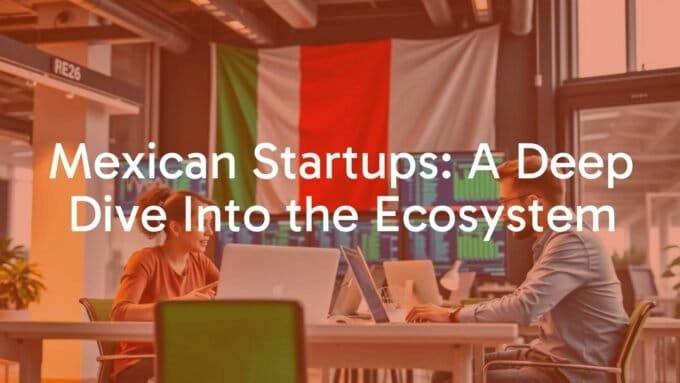



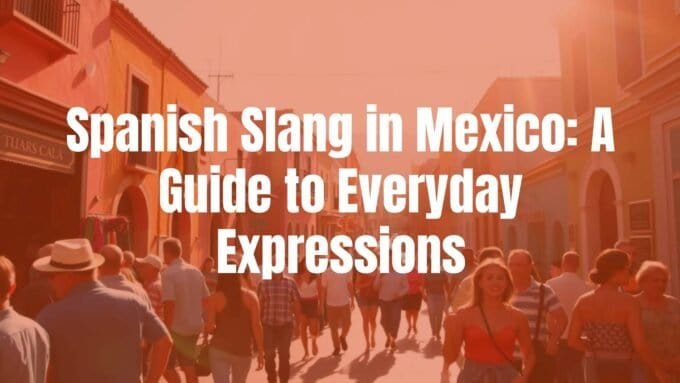
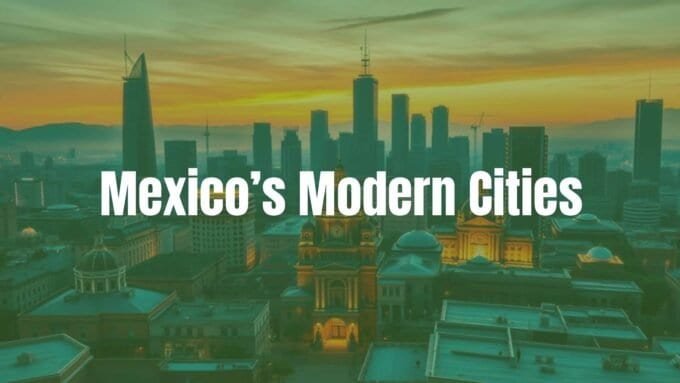
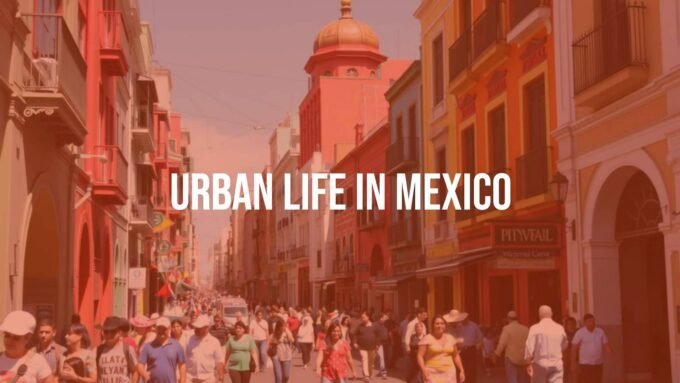
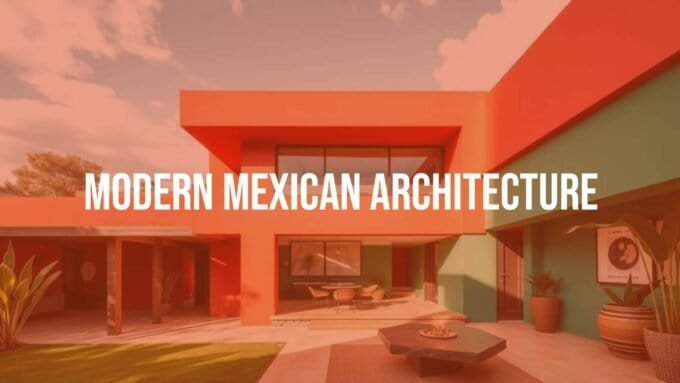

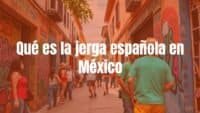
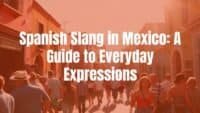
Leave a comment